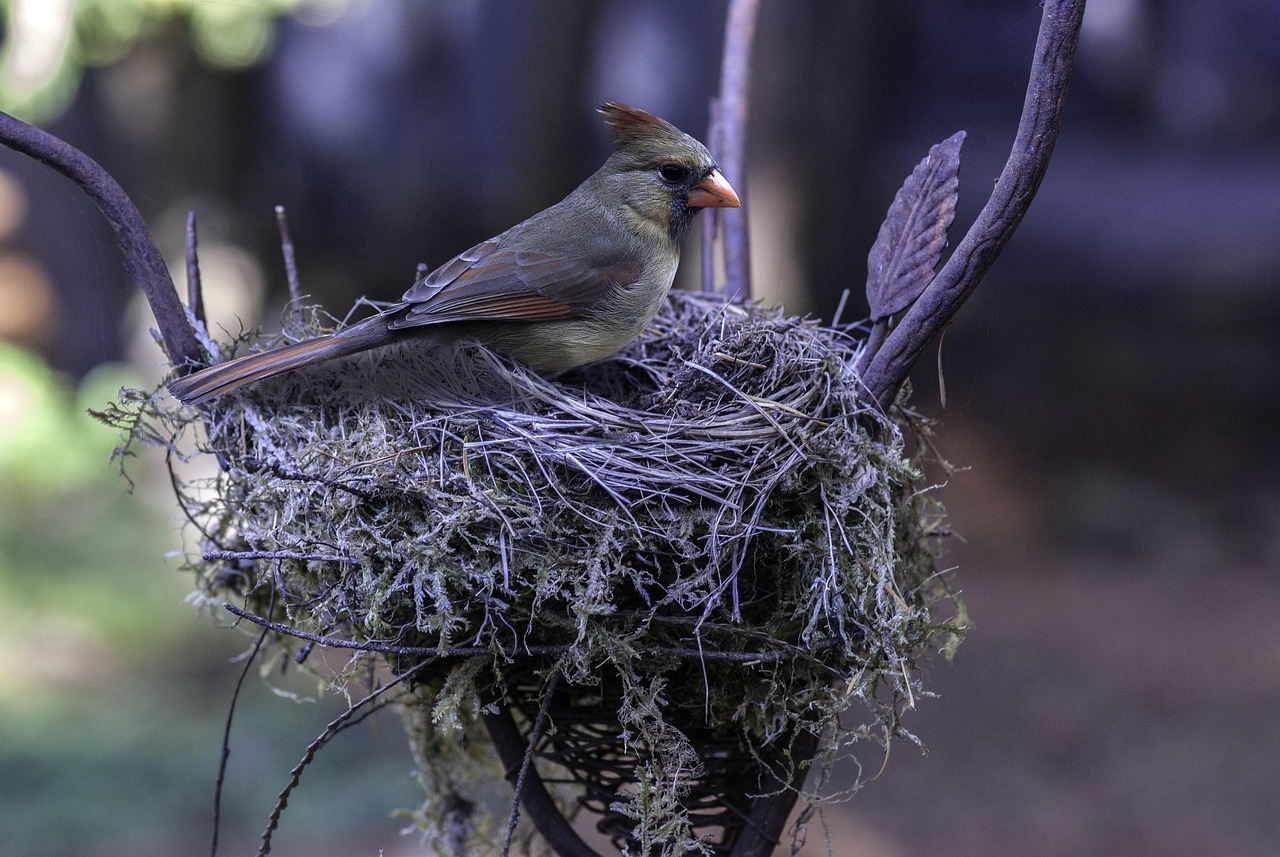We’re entering nesting season, and it’s a good time to go over some birding ground rules. One important birding ethic is to keep the birds you’re watching safe—including nesting birds, their eggs, and their young. Not only is it the right thing to do, but when it comes to most birds, it’s also the law. But what if you come across a bird’s nest and you don’t know until it’s too late? Will birds let you know if you’re too close to their nest? Here are some bird behaviors to look out for:
Dive Bombing
To birds, you’re a potential predator, and they will do anything to defend their young. This includes an aggressive bird behavior known as “dive bombing.” Otherwise docile birds will turn into vicious defenders when humans, pets, critters, and even other birds are close to their nests. As a result, they swoop down on you (you may hear a “swoosh” just overhead, even if you don’t see the bird) before flying back up again. They sometimes do this repeatedly until you leave the area. Though startling, dive bombing rarely if ever cause injury. It’s simply a warning, and when you see this bird behavior, it’s best to leave the immediate area.
Flushing
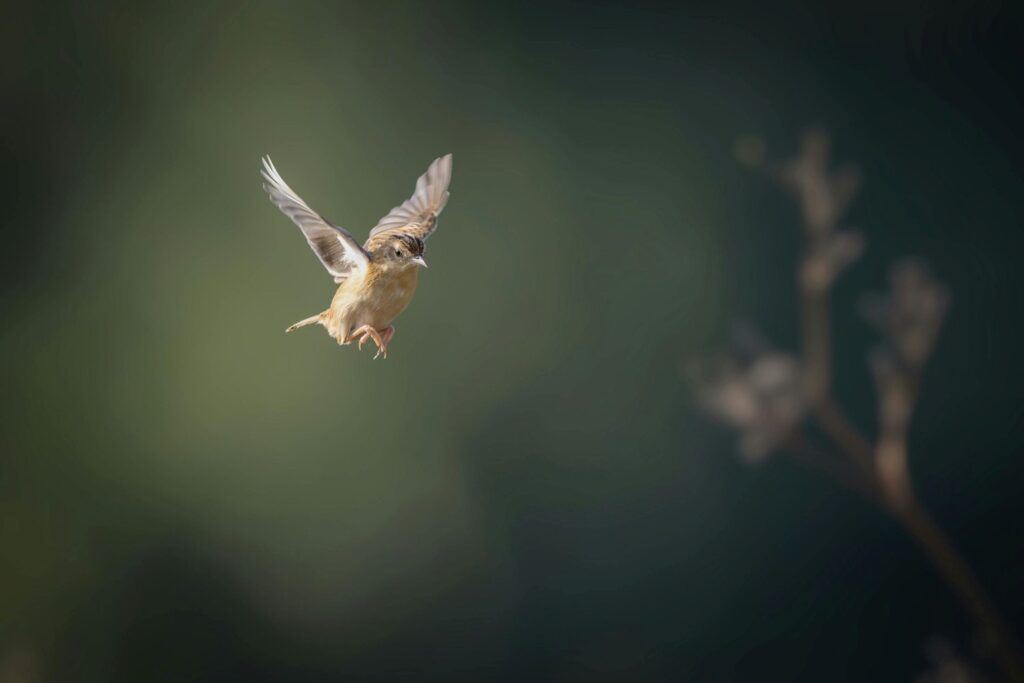
Flushing is when a bird flies out from an area, often a bush or tree, as you get near. This behavior may look odd, as instead of retreating to a hiding place, it comes out of one when you get near. If you see a bird do this, it might mean their nest is nearby. Birds will often engage in deterring behaviors like this as a sort of “red herring,” to draw your attention away from their nest and the vulnerable eggs inside it. So, if you see this behavior, give the bird some space.
Acting Injured
Do you see that bird limping around, looking like it has a broken wing? It might be faking it, if it’s nesting season. Certain shorebirds, like the Killdeer, as well as doves perform this distraction behavior to capture a predator’s attention—and turn it from their nest. A bird may crouch and run low to the ground, fly with a limp wing, drag its tail, or even play dead for a time, only to make a seemingly miraculous recovery once you move away. This is a way of luring the predator away from its nesting site. These are all warning signs, meaning you should move away. (And if you’re worried that the bird is sick or injured and needs help, move a fair distance away and watch the bird. If it still displays signs of distress, follow these care instructions.)
Warning Vocalizations
When birds want to communicate danger to other birds, warn their nearby young to stay quiet, or warn you to move along, they’ll vocalize it. Different types of birds have different warning calls and even calls for different kinds of threats. “Scolding” is a type of bird call that is loud squawking meaning “Danger!” to other birds and small critters. American Robins will use quick “tut” alarm calls while the alarm call of the house wren is raspier. A Spotted Towhee will use mews and chips to let you know you’re too close to their nest. You might also hear aggressive trills and sharp, repeated “Chip! Chip! Chip!” sounds. The fact is, some alarm calls are more subtle than others, and it sometimes takes an experienced birder to know the difference. A good rule of thumb is that if you see a bird act oddly or hear urgent or unusual vocalizations, it’s best to clear the area.
Abandoning the Nest
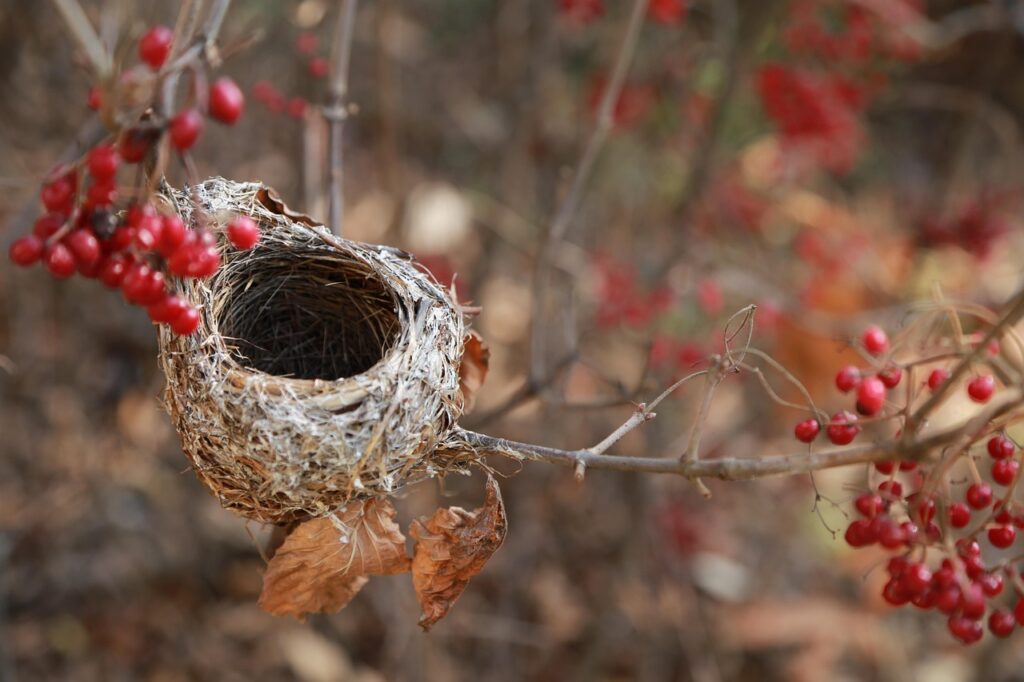
Unfortunately, birds may also abandon their nest if the area is repeatedly disturbed by human, bird, or wildlife activity. Though it typically takes a lot (meaning repeated visits to the nesting site) for a bird to abandon their eggs or young, it can happen. However, it is a common misconception that if you touch a bird’s nest, the bird will abandon it. Still, there are other reasons to leave a nest alone if you come across one (and ways to deter birds from building nests on your house in the first place).
Tips for Treading Carefully During Nesting Season
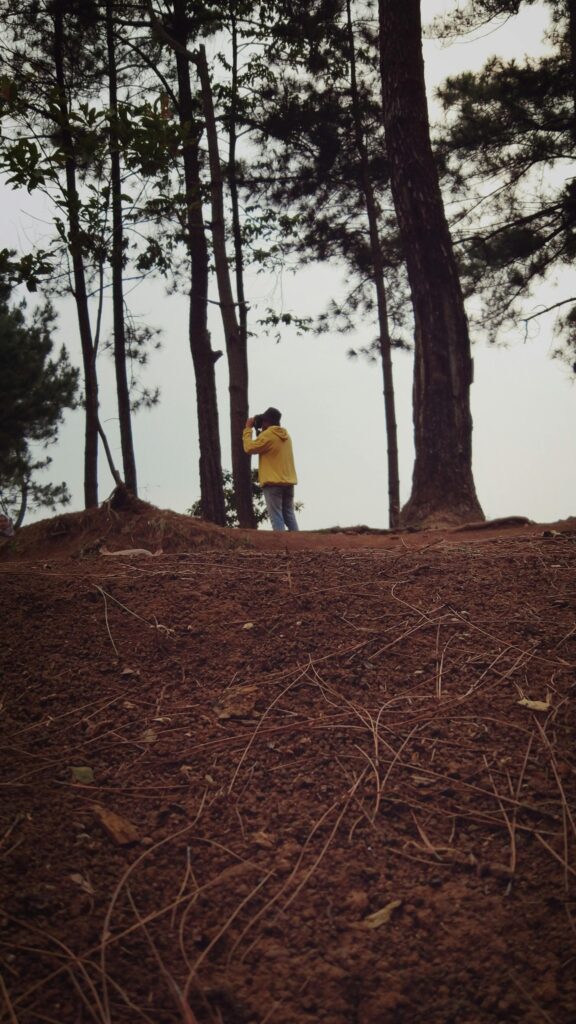
Curiosity is a prerequisite for a birdwatcher, and discovery is one of the joys of birding. Still, there are times to be cautious—more to protect birds than ourselves. Nesting season is one of those times. Nesting birds are vulnerable because they are expending their energy building nests, finding food for their young, and protecting their nests from threats. And eggs and young hatchlings are vulnerable as well. Here’s how to tread lightly and carefully so as not to disrupt birds and their nests:
Learn about the nesting habits of local birds
Find out where the nesting sites are for your local birds and where they build their nests (high in trees, in hollow tree cavities, etc.). Are they more likely to build nests near water sources, like rivers and lakes? Are they ground nesters, like Kingfishers and Burrowing Owls? The more you know, the more you’ll be able to anticipate where these nesting sites may be, and what to look for, so you know which places to avoid.
Wait to trim shrubs, hedges, and trees
Now’s not the time for that huge yard maintenance project you were planning. Since birds often build nests in shrubs, hedges, and trees, watch out for signs like a bird flying to and from the area. But whether you see signs of nesting activity in your outdoor space, it’s best just to leave your yard alone during nesting season.
Observe birds from a distance
Whether on a nature walk or a birding jaunt, stay on known paths and avoid venturing into brush or wild spaces. Use birding binoculars or other optics to watch birds from a safe distance, and without disturbing potential nesting sites. You can also watch birds from the comfort of your couch with one of Chirp’s favorite live bird cams.
How to Help Nesting Birds
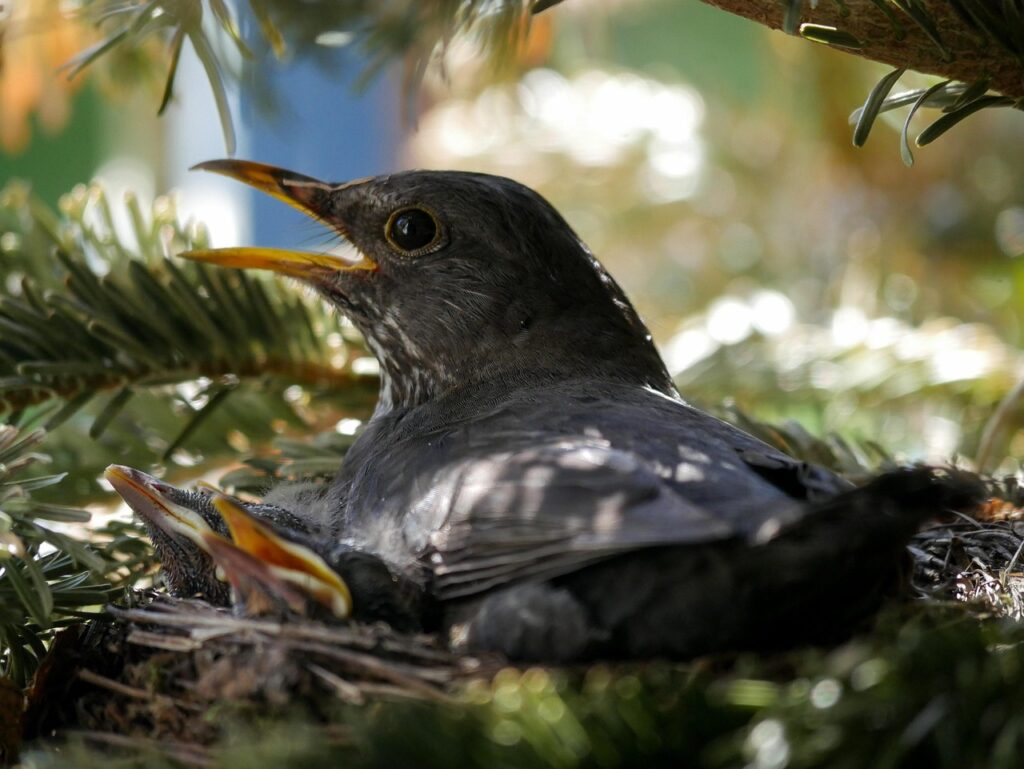
One way to support the nesting birds in your area is by feeding them premium bird food to fuel their nesting endeavors. Chirp offers a proprietary blend of high-quality bird seed designed to attract and nourish the birds in Big Bear Valley and Southern California in general. Shop the Chirp Big Bear Blend online or in the Chirp store. If you’re a Big Bear Lake local, you can also subscribe to our Seed Subscription service to have bird seed delivered to your door.

